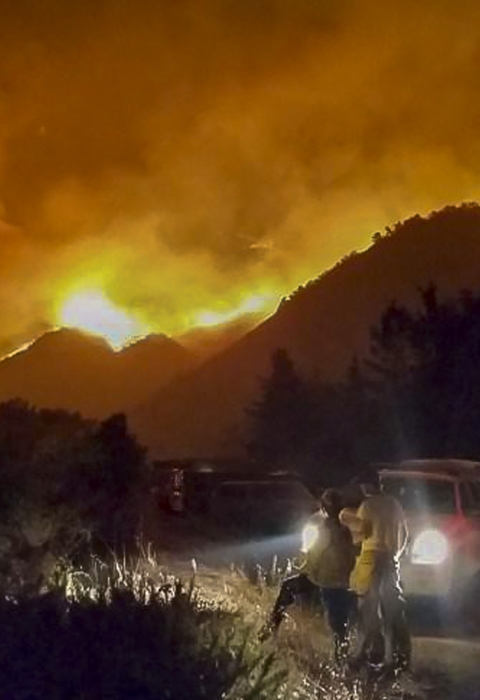Our thoughts continue to be with the communities impacted by the fires in Ventura and Los Angeles counties in Southern California. We've received a few questions about how these fires are impacting rare plants and animals in our area. While it's still too early to fully understand long-term impacts, we do know that significant areas of habitat that support several rare species across the Santa Monica Mountains and surrounding areas have burned.
Those species include California red-legged frogs, least Bell's vireos, southwestern willow flycatchers, Coastal California gnatcatchers, and several plants including the Santa Monica Mountains dudleya, Conejo dudleya, Marcescent dudleya, Lyon's pentachaeta, Braunton’s milkvetch, and Santa Cruz Island fringepod. These species are considered threatened or endangered under the Endangered Species Act. Endangered means these species are at-risk of extinction. Threatened means these species area at-risk of becoming endangered.
Some amphibians, like California red-legged frogs, may seek haven in small-mammal burrows or pond bottoms. Some migratory birds like least Bell's vireos and southwestern willow flycatchers are currently in their wintering grounds in areas of Central and South America. They may have to find new habitat when they return in the spring. When it is safe to do so, we will work with our partners with the National Park Service and other land managers to survey portions of burned areas so that we can have a better understanding of the fate of these federally-protected species.
Additional imagery is available by clicking here.







